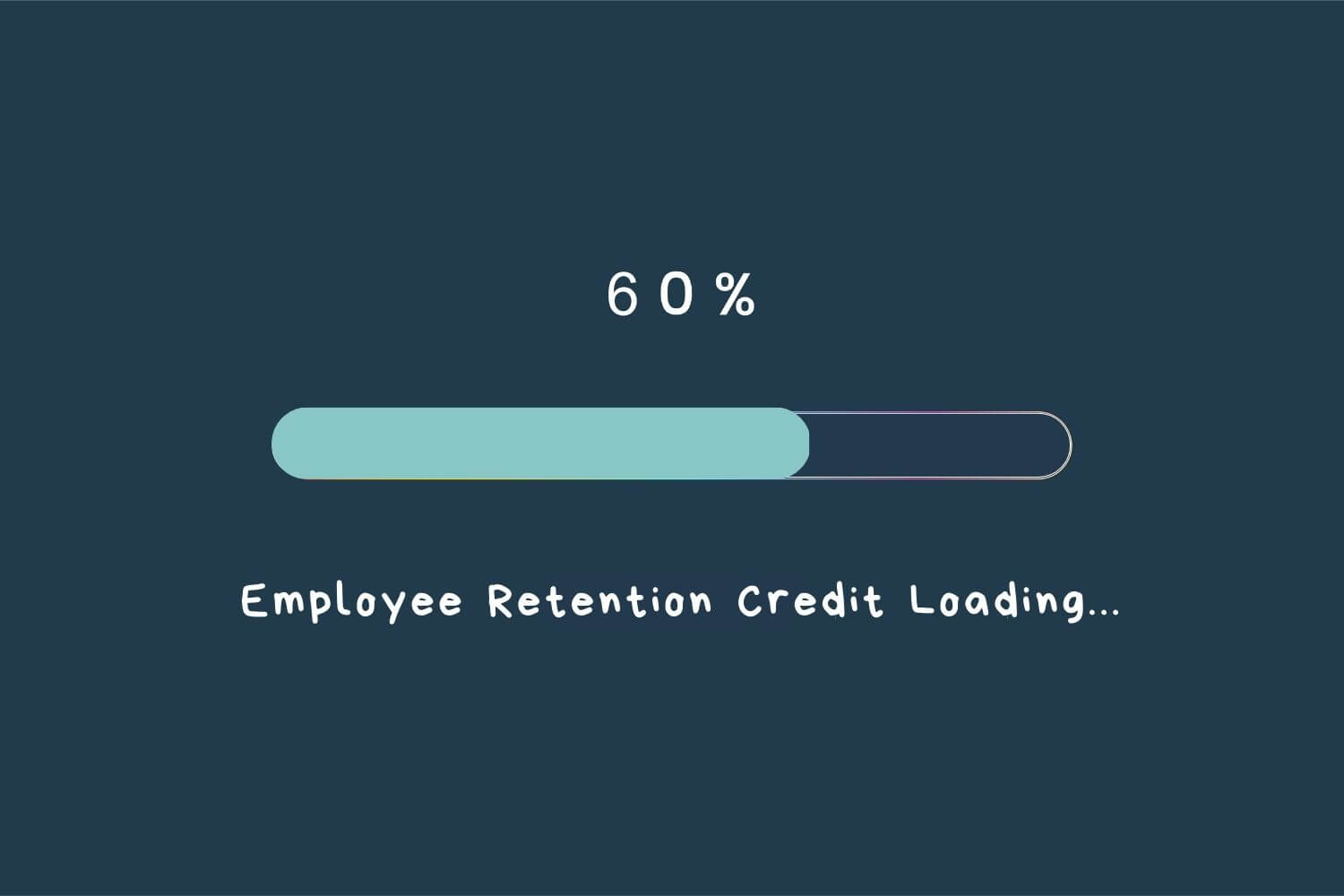6 Project Management Software for Small Businesses in 2023
Project management software contains a unique combination of tools to help teams stay organized and…
Our content is reader-supported. Things you buy through links on our site may earn us a commission
Never miss out on well-researched articles in your field of interest with our weekly newsletter.
Author
Noah is an American copywriter on a mission to help clarify the nuances of the business world through unique insights stemming from backgrounds in both engineering and the medical field. When not working, you’ll likely find him running or traveling.

Project management software contains a unique combination of tools to help teams stay organized and…

Whether your corporation is large or small, keeping track of finances is paramount for success.…

Managing finances as a sole proprietorship is crucial for running a successful business. A business…

Every penny has its place in a small business. The last thing any business owner…

After filing your employee retention credit, you’ll want that money to arrive as fast as…

Many companies experienced lost revenue to the COVID-19 pandemic but chose to keep employees on…

The COVID-19 pandemic was a major thorn in the side of many businesses, and many…

The COVID pandemic hurt a lot of small and medium-sized businesses. To compensate, the government…

No Washington-based small business is complete without a bank account to manage your finances. With…

7 Best Banks for Small Businesses in Pennsylvania Your Pennsylvania-based business isn’t complete without a…

The best business bank accounts for online sellers offer a blend of low fees, intuitive…

A bank account for your small business helps keep funds in order and customers happy.…

The best banks for small businesses in Georgia keep fees low while providing services designed…

Finding the perfect bank for your North Carolina-based small business can be quite the challenge.…

The best banks for small business in Massachusetts simplify fund management through a rich list…

Creating a bank account for your small business allows you to keep tabs on money…